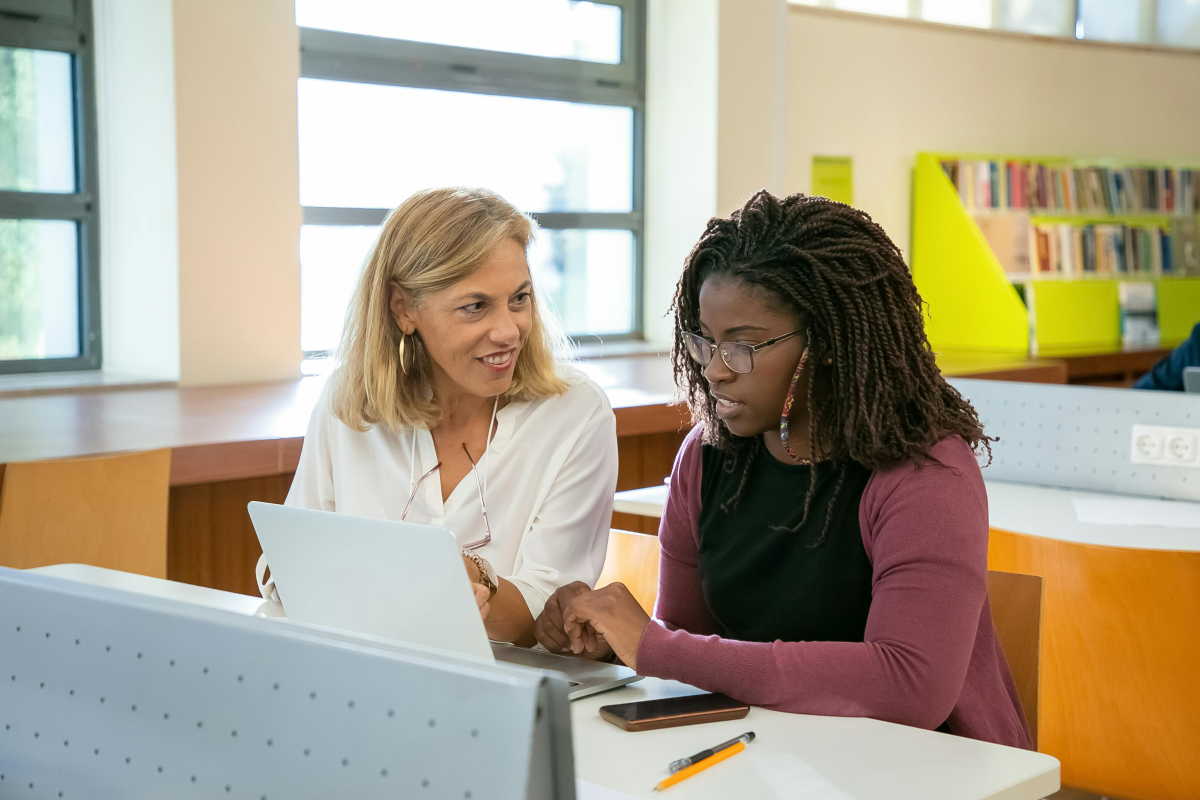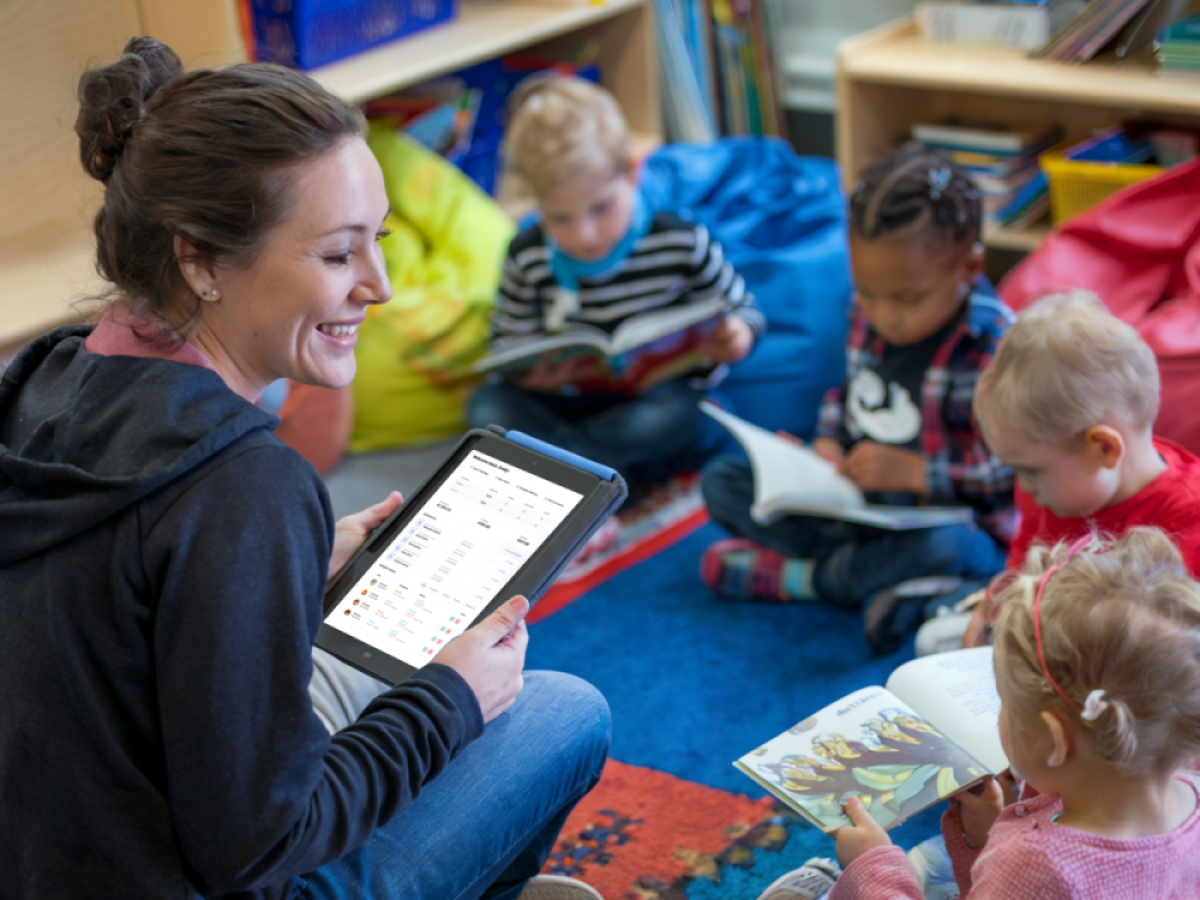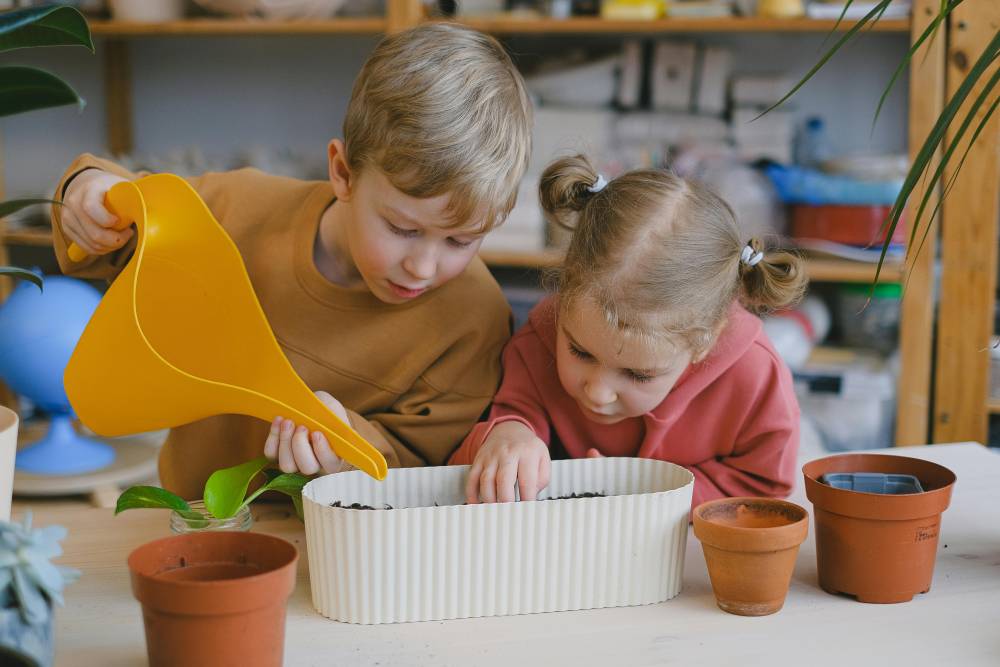Transitioning to a new class group within the same school year can present unique challenges and opportunities for educators. Whether you're moving to a different grade level, changing teaching assignments, or welcoming a new group of students mid-year, it's essential to approach this transition with careful planning and consideration. In this blog post, we'll explore some valuable tips to help educators smoothly navigate the process of changing class groups while maintaining continuity and fostering a positive learning environment.
Review and Reflect:
Before embarking on the transition to a new class group, take some time to review and reflect on your experiences with your current students. Consider what has worked well in your teaching practices, as well as areas for growth and improvement. Reflecting on your teaching strategies and student interactions will help you better prepare for the transition ahead.
Communicate with Students and Parents:
Open lines of communication with both your current and incoming students and their parents. Inform them about the upcoming transition and reassure them that you are committed to ensuring a smooth and successful adjustment. Address any concerns or questions they may have and provide opportunities for them to share their thoughts and feelings about the transition process.
Plan and Prepare:
Develop a transition plan that outlines the steps you will take to prepare for the change in class groups. Consider factors such as classroom layout, seating arrangements, and instructional materials. Plan engaging activities and icebreakers to help students get to know one another and foster a sense of community within the new class group.
Establish Clear Expectations:
Set clear expectations for behavior, routines, and academic standards in the new class group from the outset. Communicate these expectations to students and involve them in developing classroom rules and norms. Consistency and predictability will help create a sense of stability and security as students adjust to their new learning environment.
Build Relationships:
Invest time and effort into building positive relationships with your new students. Take the time to get to know each student individually and learn about their interests, strengths, and challenges. Establishing a strong rapport with your students will foster trust and create a supportive learning environment where students feel valued and respected.
Be Flexible and Responsive:
Recognize that transitioning to a new class group may require flexibility and adaptability on your part. Be prepared to modify your teaching strategies and instructional approaches based on the needs and preferences of your new students. Stay attuned to students' feedback and make adjustments as needed to ensure their success.
Reflect and Adjust:
Throughout the transition process, take time to reflect on your experiences and make adjustments as necessary. Seek feedback from students, colleagues, and administrators to gain insights into what is working well and where improvements can be made. Continuous reflection and adjustment will help you refine your teaching practices and better support your students' learning needs.
Changing class groups presents both challenges and opportunities for educators to grow and evolve in their practice. By following these tips and strategies, educators can navigate the transition with confidence and create a positive and inclusive learning environment for their new students. Embrace the opportunity to build meaningful relationships, foster a sense of community, and inspire a love of learning in your new class group.








